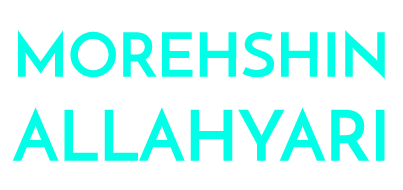The 3D Additivist Manifesto (2015)
In March 2015, we -Morehshin Allahyari and Daniel Rouke– released The 3D Additivist Manifesto: a call to push Additivist technologies to their absolute limits and beyond into the realm of the speculative, the provocative and the weird. We then opened up submissions to a radical ‘Cookbook’ of blueprints, designs, 3D print templates, and essays on the topics raised by our Manifesto.
The full text and bibliography can be read & downloaded from: additivism.org/manifesto.
*The 3D Additivist Manifesto was created by Morehshin Allahyari and Daniel Rourke, with sound design from Andrea Young.
Introduction
The 3D printer is a profound metaphor for our times. A technology for channelling creative endeavour, through digital processes, into the layering of raw matter excavated from ancient geological eras. 3D fabrication can be thought of as the critical framework of #Additivism: An electric mix of art project, online community, activism, ironic commentary, and revolutionary potential, #Additivism — a portmanteau of “additive” and “activism” aims to disrupt material, social, computational, and metaphysical realities through provocation, collaboration, and science fictional thinking.
The 3D Additivist Cookbook
In Summer 2016 we were artists in residence at Vilém Flusser Residency for Artistic Research in Berlin, an annual award through the transmediale festival for art and digital culture in Berlin. During the residency, we finished The 3D Additivist Cookbook, a publication unifying many of the strands of the project thus far, including essays, texts, artworks, and, of course, many 3D-printable files.




























































































































